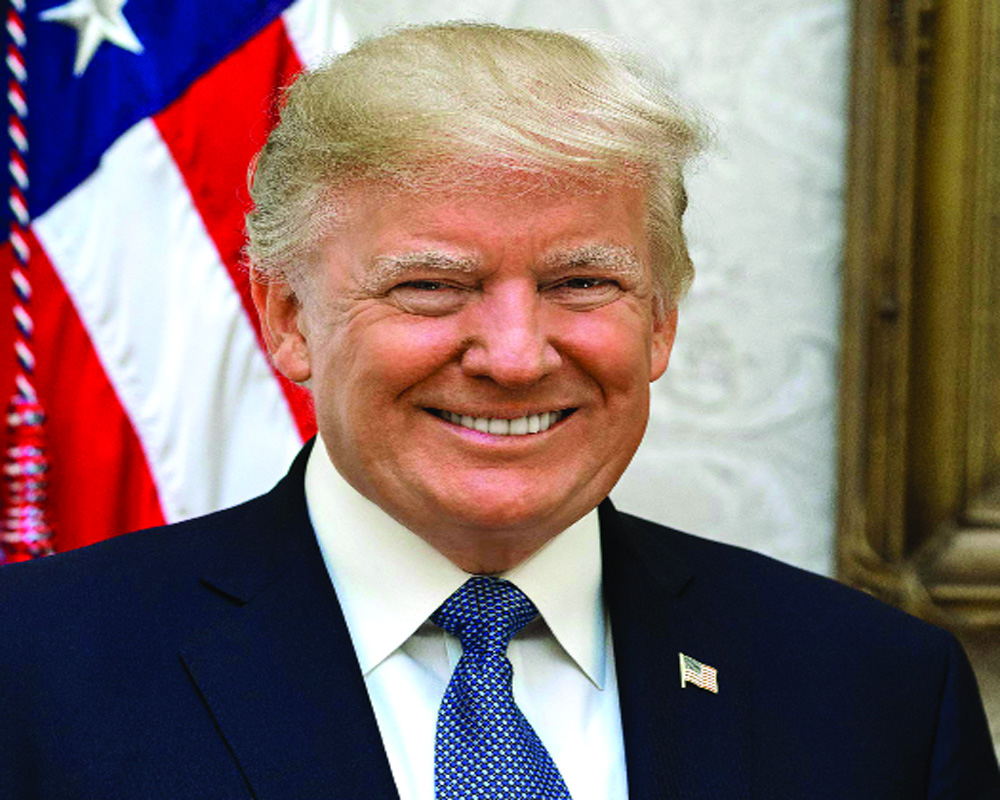What began as a threat by Trump is now a full blown trade war as Canada, China and Mexico retalliate the US tariffs
The trade war initiated by President Trump against China, Canada, and Mexico has set off a chain reaction of retaliatory measures, creating uncertainty in global markets and posing risks to economic stability. While the administration aims to address specific national concerns through these tariffs, the broader implications
suggest potential harm to both the US and global economies. As the situation evolves, careful consideration of the long-term consequences is essential to mitigate adverse effects on world trade. As promised by him in his campaign President Donald Trump launched a bold series of tariffs aimed at imports from China, Canada, and Mexico, a move that significantly escalated global trade tensions and set off a swift chain reaction of retaliatory measures. The president signed executive orders that imposed a 25% tariff on all goods from Mexico and Canada, and a 10% tariff on Chinese imports,. The administration argued that these measures were necessary to tackle issues related to illegal immigration and drug trafficking to protect American industries. In an effort to minimize any disruptive effects, an additional 10% tariff was applied to Canadian energy exports, including electricity, natural gas, and oil.
The response from the targeted countries was swift and forceful. Beijing retaliated by announcing tariffs of up to 15% on key U.S. agricultural products such as chicken, pork, soy, and beef, while also expanding restrictions on U.S. businesses. In Canada, Prime Minister Justin Trudeau countered with 25% tariffs on $155 billion worth of American goods. Similarly, Mexico's President Claudia Sheinbaum imposed retaliatory tariffs against the United States, criticizing the unilateral decision and warning of its adverse effects on both national and foreign companies operating in Mexico. Analysts have warned that the tariffs could significantly hinder economic growth, with projections suggesting a contraction of 2.8% in U.S. GDP. The increased tariffs were also expected to drive up consumer prices, adding to existing inflationary pressures and potentially prolonging periods of high interest rates. Global markets reacted negatively, with major U.S. stock indexes and shares in the automotive sector experiencing notable declines. Industries reliant on international supply chains, particularly the automotive sector, braced for production delays and increased costs as a result of these disruptions. The Trump administration maintained that these tariffs were a necessary tool to pressure foreign nations into addressing issues like drug trafficking and to incentivise domestic production. But the reality is different. The tariffs could ultimately have a net negative effect on the U.S. economy by driving up prices, reducing output, and dampening employment growth. In the unfolding saga of international trade, while the US administration's objective remains focused on addressing pressing national concerns, the broader consequences of this trade war hint at potential long-term harm for both the U.S. and the global economy.
























